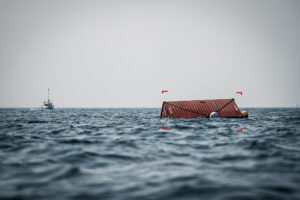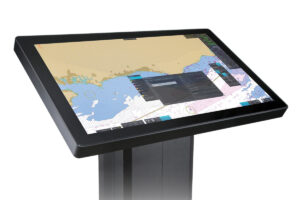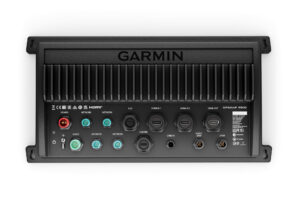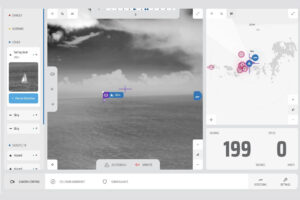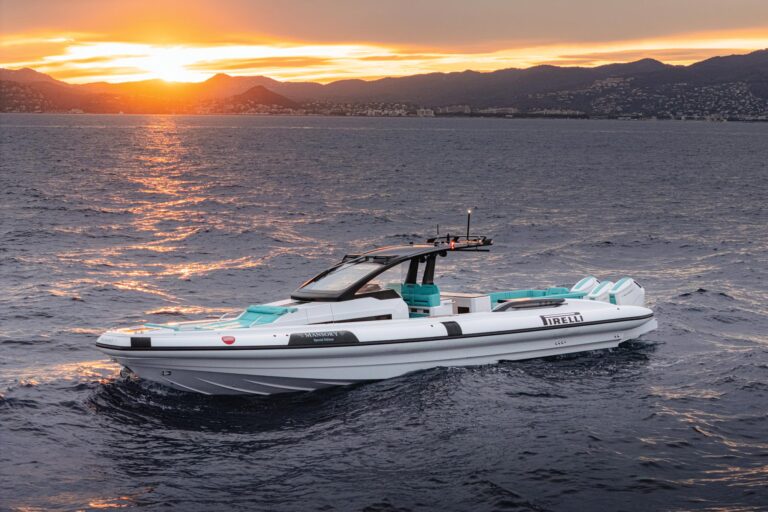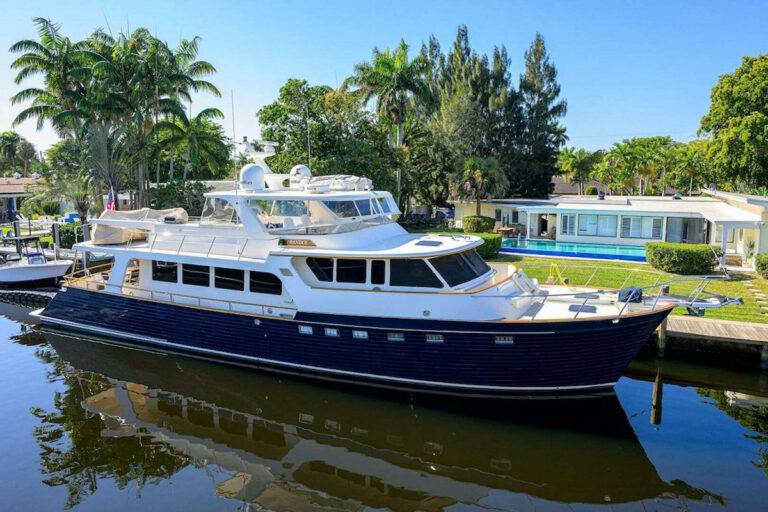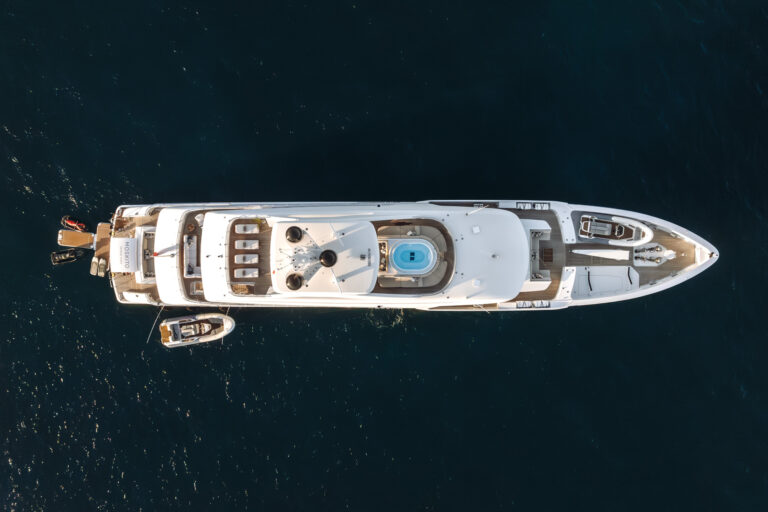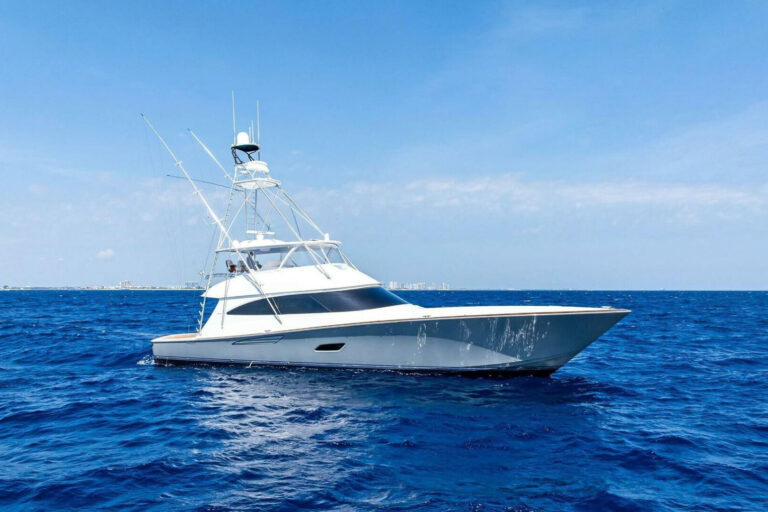
Volvo Penta wants to lower stress levels when docking by using sensors, processors and Inboard Performance System (IPS) drives to guide a yacht autonomously into or alongside a berth — by the year 2020.
To self-dock, a yacht needs to know its precise location and the berth’s exact position, shape and size. Volvo Penta accomplishes this by using five sensors: four ashore and one on board.
“The sensors on the dock know the [docking] details and communicate with the boat,” says Anders Thorin, Volvo Penta’s marine electronics manager.
The technology operates as a networked function on the IPS’ controller area network. It requires Volvo Penta’s Joystick Driving and Dynamic Positioning System equipment to be installed.
“Once the captain has activated the self-docking function, the boat — aided by GPS — moves into a docking-ready position,” Thorin says. When the helmsman initiates the final stage, GPS and sensors are used to move the boat into a berth. The technology also lets the captain take control manually, if needed. Collision alert and avoidance features will be included in the system too.
Fast Facts on self-docking
- While Volvo Penta’s prototype yacht uses one onboard sensor, the manufacturer will add obstacle-avoiding sensors to production systems.
- Volvo Penta’s Easy Docking app gives the onboard operator real-time heading (compass rose) and progress (status bar) updates.
- Volvo Penta plans to market the technology to individual yacht owners while scaling and developing it for marinas.

